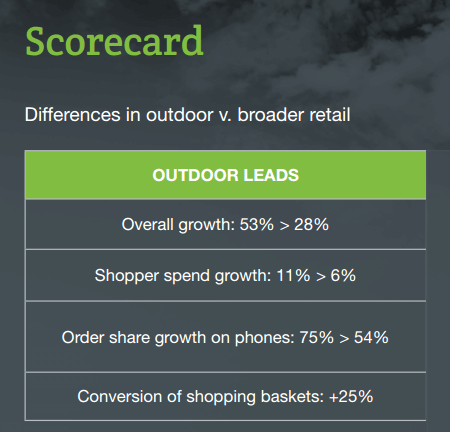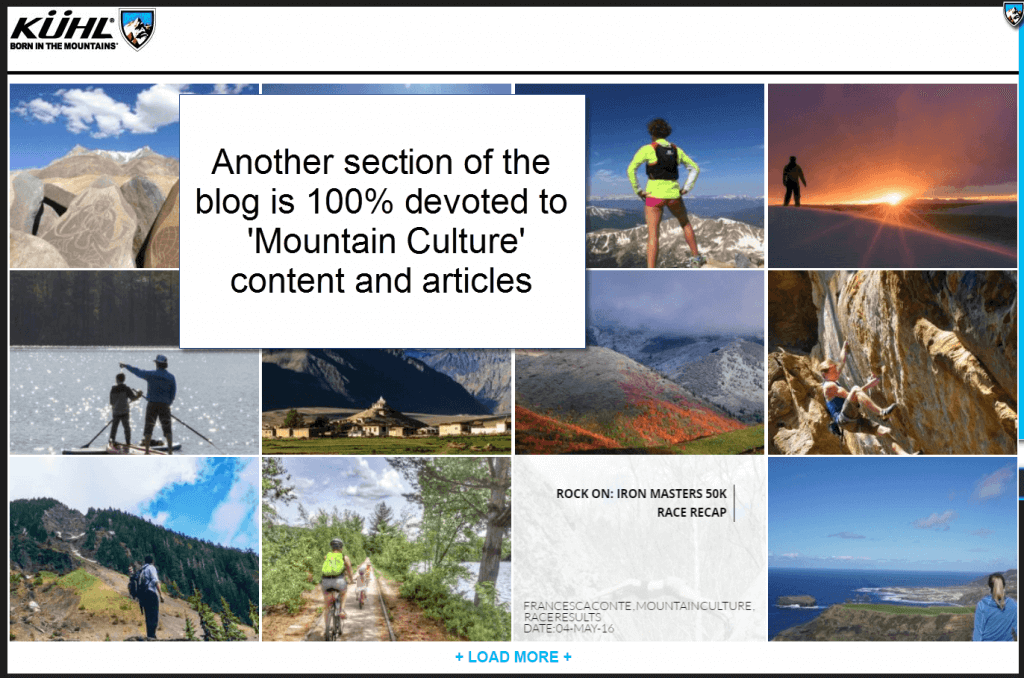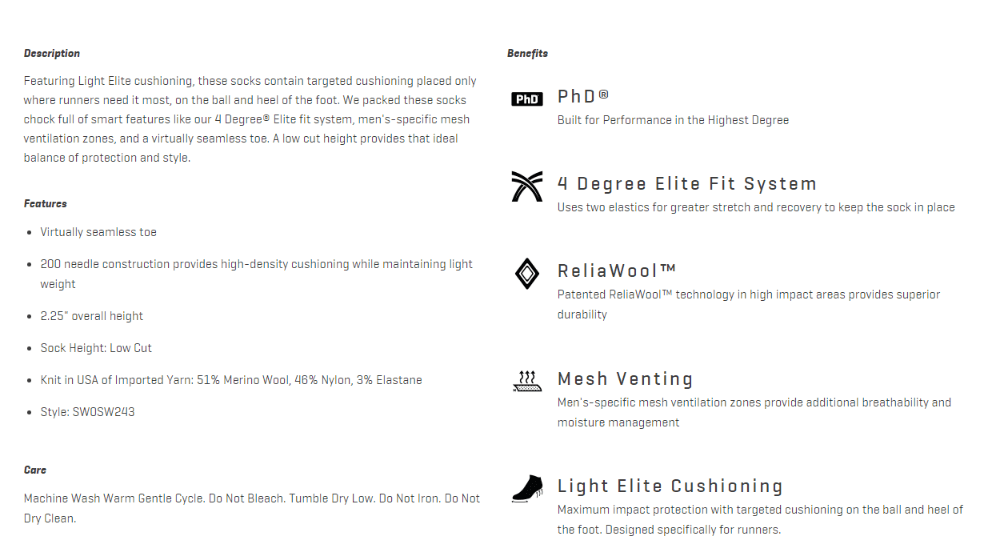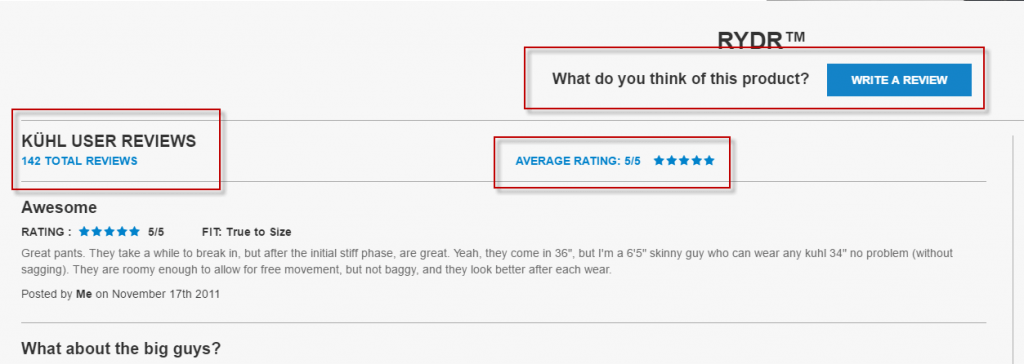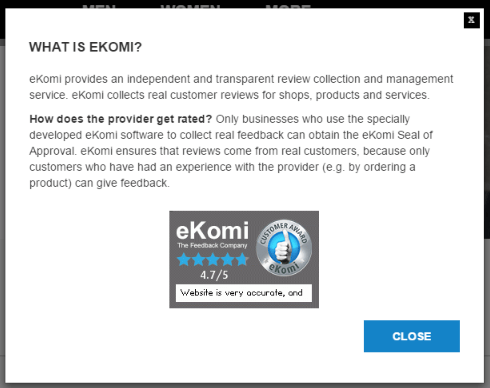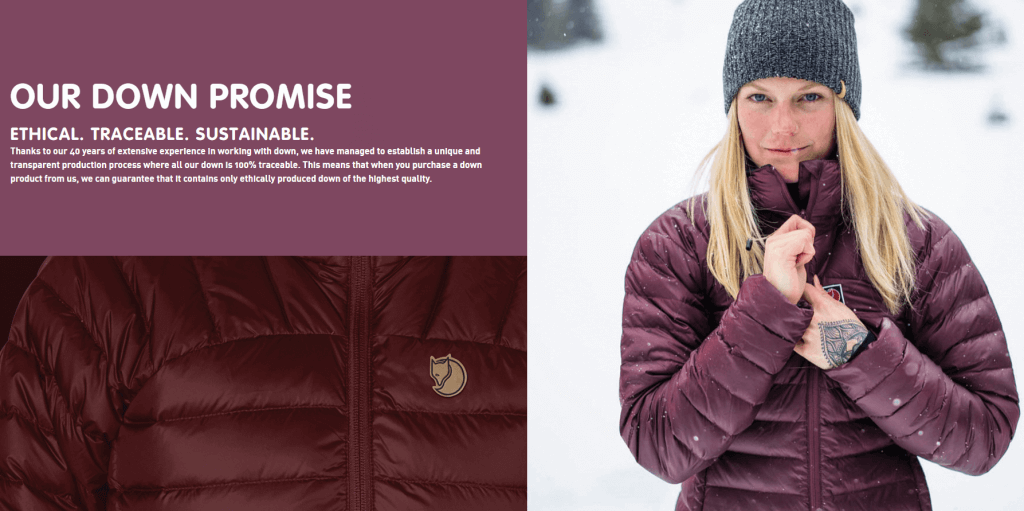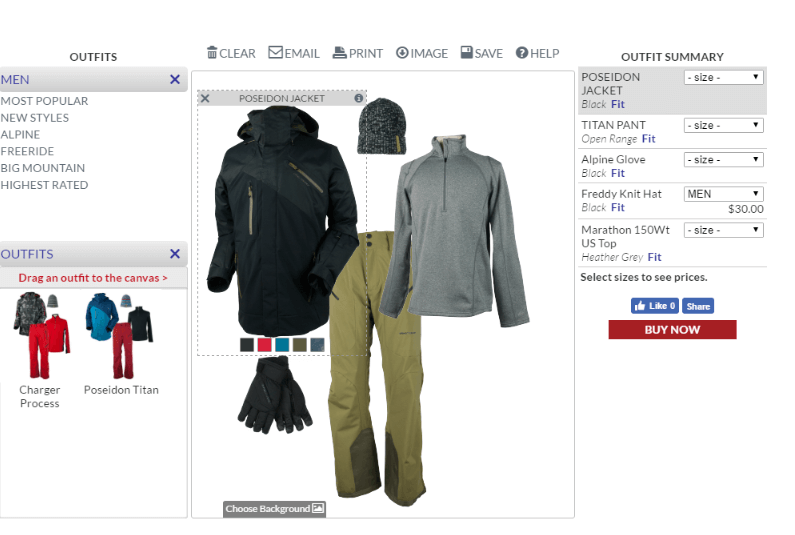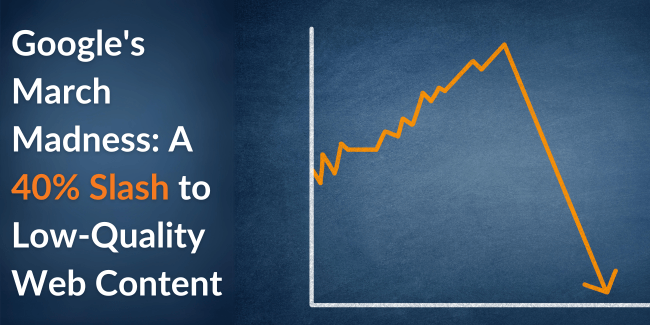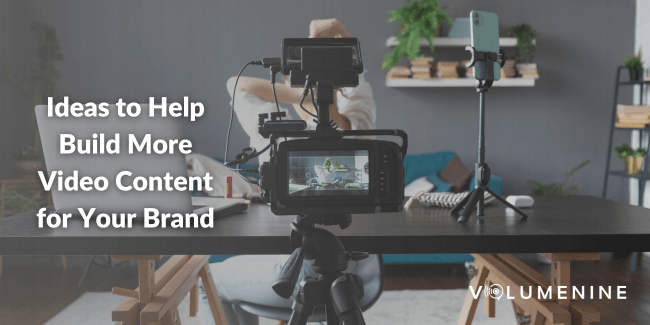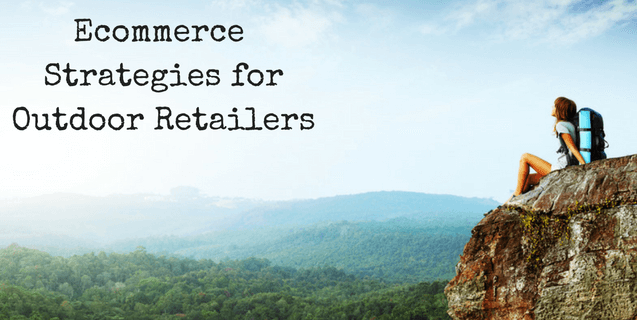
5 Advanced Ecommerce Strategies for Outdoor Retailers
Getting outside is a big, growing business. The combination of improved technology, convenient ways to share information among outdoor retailers, and the ever-present lure of getting to show off on social media has filled our trails and peaks with enthusiastic new hikers, skiers, and climbers.
All of these folks need to be outfitted for the journey. Unsurprisingly, few ecommerce industries have seen more rapid (and impressive growth) than outdoor brand retailers.
Here are just a few remarkable stats to consider:
Differences in Outdoor vs. Broader Online Retail – 2015 vs. 2014*
As you can see, this unique space is exploding with growth and opportunity, particularly regarding eCommerce sites across the board.
Moreover, these trends are consistent with what is expected to continue across the eCommerce world. In 2016, retail will continue to outspend other industries on digital advertising (both paid and organic). According to eMarketer, from 2015 to 2020 US retailers are expected to show a compound annual growth rate (CAGR) of 11.9%, for a total of $23.04 billion spent on digital advertising in 2020. In 2016 alone, US retailers will spend $15.09 billion on digital advertising.
In other words, online retail is huge. And outdoor retailers are in one of the most impressive and growing sectors of that industry.
What should outdoor retailers do?
In light of all this opportunity, the natural question becomes, what should outdoor eCommerce sites do to help boost their organic digital marketing to take advantage of the situation?
To help answer that question, we decided to use four outdoor clothing brands to serve as examples. For each brand, we felt they have aspects that are first class regarding advanced eCommerce strategies for outdoor retailers and help illustrate the top 5 advanced strategies in this space.
The Sample Sites:
- Fjallraven – Makes outdoor clothing, quality packs and other assorted carrying devices
- Kuhl – An outdoor clothing company, specializing in wool and warm layers
- Obermeyer – Ski and winter clothing from a brand with a heritage in Aspen, CO, one of the meccas of US skiing.
- SmartWool – The absolute best when it comes to socks, base layers, and endurance-related products
Strategy #1 – Tell a compelling brand story
In today’s online marketplace, to effectively reach consumers you need content. And to drive content strategy, brands usually need it to be unified under something. Otherwise, you are (probably) just throwing a bunch of disorganized junk out into cyberspace.
Therefore, there is a huge need for the brand message or ‘story’ which can be told. Having this unified message not only helps align all content and marketing efforts but also, can resonate with users in a compelling way. And of course, this is exactly the sort of thing Google is looking for in its organic rankings and shopping feeds. Remember, focus on the user, and else will follow.
Here are a few key questions to ask yourself when thinking about crafting this brand strategy:
- What exactly is your brand story? What do you want people to know about your story?
- What is your ‘brand authenticity? What makes you unique or special about any of the other online retailers of the world?
- How can your brand story inform what you are doing from a social, blogging, product, onsite content focus, etc.?
All of the sample sites we looked at had some unsurprising brand themes, such as big imagery, connection with the land, environmental stewardship, etc. This is good as it is obviously very consistent with the sector as a whole. But we like what Kuhl and Smartwool did in particular.
Kuhl has rallied around the brand story of being “Born in the Mountains.” For them, the idea is that they are not just providers of equipment, but very active users in the spaces in which they sell. Everything they do as a company revolves around and starts with the mountains. You can see this in examples across all of their marketing channels:
Additionally, Kuhl takes the time to highlight and explain their story throughout their content. They have a high-quality page devoted to telling their history (an essential), but they also have taken the time to do fun things like developing the KUHLMOG truck – a 4wd mountain beast capable of carrying the brand flag into all areas. Examples abound elsewhere as well.
The point is, no matter how you interact with the brand, you get a sense of familiarity, consistency, and a unified message which makes it that much easier to build trust and help customers work their way down the buying funnel.
Smartwool also does an exceptional job of telling its brand story. Their slogan is “Go Far. Feel Good.” Smartwool makes simple baselayers and socks, so it is important that those things are cozy, comfortable, and simple as possible. The brand takes this simple message and goes very far with it.
In fact, just about all of their marketing revolves around education and ‘proving’ what it is that makes Smartwool products so much better. Here are just a few examples:
Category Pages:
Want to know why Smartwool makes the world’s best-running sock? Take the time and they are happy to explain it to you on their product category pages.
Product Pages:
Once you get to the product pages, the education continues. There aren’t your run-of-the-mill eCommerce product pages. Rather, each product has unique highlights about what makes it so good.
Video:
Still not convinced? Well, Smartwool has created an entire ‘PHD library specific to socks and showing why they are the best in class.
Strategy #2 – Deploy Advanced Social Tactics
Speaking of social, it should come as a no-brainer by now to any outdoor retailer that a good social strategy is very important. In today’s world, doing social correctly is essential.
And perhaps unsurprisingly, we see this across each of the brands. You can see that every single brand has a vibrant social presence. They are active on all social networks, they update and post regularly, and they are producing content that should resonate with their users. If you want to see lots and lots of mountain photos and videos, just go to any of their Facebook pages.
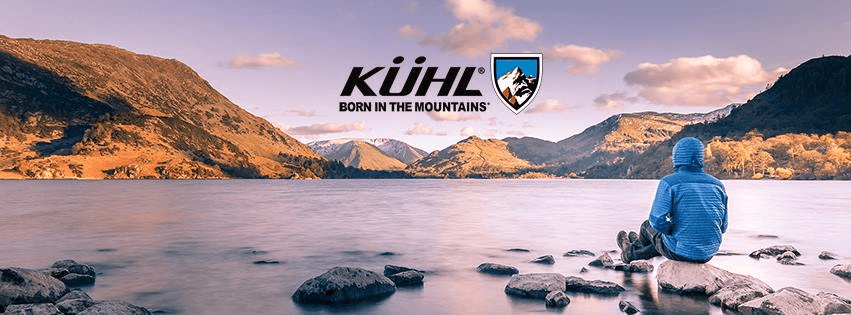
But all of this begs the question, what can they be doing to separate themselves on social? If everyone is ‘ the same with their social presence, how do you take it to the next level to not only stand out from the competition but also, maximize its usefulness in connecting with customers and driving sales?
To answer those questions, we can look at another brand in a similar industry. Vitamin World makes health supplements and vitamin products. As such, their target demographic is very similar to the outdoor retailers. (e.g. active, outdoorsy, and health-conscious people). For Vitamin World, Volume Nine overhauled the social to think of it regarding the entire funnel. Rather than just being active and engaging, we deployed a focused strategy to focus on the top, middle, and bottom of funnel users. Specifically, we leveraged social boosting and targeted social ads to hone in on the proper demographic.
-
Top of Funnel Focus
Posts and content are designed to just generate familiarity. We targeted users with posted interests in line with VW’s demographic.
-
Middle of Funnel Focus:
Users who had liked the page on Facebook. For them, the strategy was to show ads that were more geared towards specific products.
-
Bottom of Funnel Focus
Customers who have either purchased or abandoned their carts. Ads and boosting to this group focused on deals and promotions.
The social results for Vitamin World were astounding, being capped off by a +2,557% increase in social fan growth and a 270% increase in visits from social sources. All of this highlights the incredible impact which social advertising and boosting can have. These tactics should be deployed by every online retailer and are the key for outdoor sites to take their social to the next level.
Strategy #3 – Make Video a Leading Strategy
Outdoor people like images and visuals. Ecommerce shoppers like to get as much information about a product or a brand as possible. Therefore, leveraging video to help move sales has become a key advanced strategy for outdoor retailers.
There are a few different ways to do this. Fjallraven has a comprehensive video library built right into their site. The page is clean and neat and has tons of awesome video content. Videos focus on two main areas for Fjallraven:
1. Information about products and how to use them, like this how-to video on waxing hybrid trousers:
2. What the brand believes in and cares about, like saving the arctic fox (think ‘unified brand message again’):
Smartwool also does a great job with video, albeit with a slightly different approach. Like we said, Smartwool’s story is all about the comfort and smarts of the product, so their videos highlight that time and time again. If you browse their Youtube Channel, you’ll find countless pieces of info related to why their products are so elite, or how they were developed, or even the sheep used that makes the so soft!
In both examples, they have done an excellent job of leveraging video topics in line with the brand message. They have also made sure that those videos are distributed not just on Youtube, but across all relevant spots a user might find them. e.g. on-site, socially, product pages, Youtube, etc.
Strategy #4 – Understand how entrenched users are with this vertical
Online outdoor communities are a big deal in this space. Whether they are devoted specifically to rock climbing, mountains in a specific state or simply outdoor hobby sites, users are increasingly going to these spaces to gather information before making a buying decision. Unlike many other industries, the communities exist to get feedback, insights, and information from an objective source, and users are leveraging that opportunity in droves.
It is crucial that outdoor retailers understand this unique aspect of their vertical. By understanding how much customers are branching out to find the validation they need, eCommerce sites have a chance to take full advantage of this. (Or conversely, to be burned by it very badly).
There are many ways to do this, and each deserves its blog post, but here are just a few examples of how to leverage the opportunity presented by users being so active in this space:
Reviews
Reviews matter almost more than anything. Almost nothing is more crucial in this vertical than reviews. Users want to know, “how will this piece of gear hold up on the trail?” That’s the bottom line and more crucial than anything else.
Kuhl understands this in a big way. Maybe almost too well. They have 142 reviews on one of their top selling pants pages. Wow!
At first glance, it’s unbelievably impressive. It’s almost enough to a user skeptical (any semblance of fake reviews is a HUGE no-no). However, they back up their reviews by using an independent third-party source to validate the listings.
Whatever the case, they certainly understand the value reviews and positive feedback can have on sales.
Influencers
Insights from the community matter. But like anything, outdoor retailers should always keep in mind the power of influencers in this space. Having sponsored athletes may be an old tactic, but it remains tried and true because it works.
In the outdoor space, brands have a unique opportunity not just to have sponsored athletes, but to have the athletes tell why they use a specific product.
Smartwool doesn’t just have athletes; they have ‘field testers.’ For each of these testers, their bio pages outline the products used, and why. This even shows up in many of their videos, which feature athletes talking about specific products.
Obermeyer does this as well, but they don’t put nearly the time or energy into it. Their athlete bio pages are simple, short, and not very convincing. In our opinion, they are missing a significant opportunity to preach their message about the usefulness of their products from those ‘in the field’.
Community Involvement
Being involved in events and happenings of the mountain communities may seem like a no-brainer (every brand should be doing it), but how you promote that online is a crucial link to showing what you believe in.
Fjallraven does a nice job of this with their sponsored trekking trips, and Smartwool does an excellent job with their ‘Roam TV’ – a video series dedicated to trips users might enjoy. And that’s not the only thing Smartwool does. They have an active events section of the site dedicated to all the things in which they take part throughout the year.
Whatever the case, being actively involved in the communities in which your customer base is active is a tremendous potential for building trust & brand authority.
Stewardship
Environmentalism is a big deal in this industry. Perhaps more so than other sectors, outdoor retail customers like to know that the brands they are purchasing from have a certain degree of commitment to protecting the lands in which they recreate. Almost no one can go into the backcountry without getting a profound sense of the need to safeguard it, so brands that espouse that idea do well.
Obermeyer is unique in that much of its brand legacy is built on its founder, Klaus Obermeyer. Klaus built the entire company with the idea of stewardship in mind, and this idea resonates with the brand across the board.
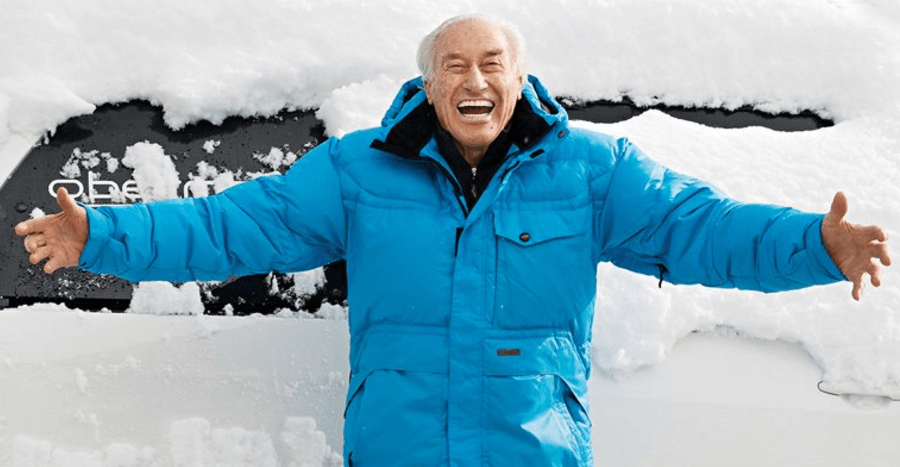
Fjallraven takes this a step further, with an entire silo of their site dedicated to sustainability. However, they are not just about saying the right things but doing them. On those pages, they systematically outline how each of their products is responsibly made.
Strategy #5 – Understand Guided Selling
Guided selling is a hot new topic in the commerce world today. In summary, guided selling is nothing more than trying to match a customer’s needs to the products at hand. In practice, it looks a lot like creating engaging, user-interactive elements to a site to help move along the buying process.
Given the hands-on appeal and focus of the outdoor industry, it should come as no surprise that guided selling should be seen as a big, big opportunity for outdoor eCommerce retailers. Users are trying to understand how activities and products align, so brands should do everything in their power to make it easy and informative for them as they make their decisions.
The best example of this from our sample brands is Obermeyer’s ‘Outfit Builder.’ From this portal, users can take their selections and match them up with different products to create a custom outfit. Items can be selected based on activity or need, and once everything is aligned you can adjust colors, styles, and other preferences to build a custom outfit. When you’re done building, you can save and see pricing before making a buying decision.
The other brand shaves some of this in a limited capacity as well, but it’s still safe to say everyone has a huge degree of untapped potential to help create a much more dynamic and engaging experience for users. And in the eCommerce world, where everything is so cut-throat and buying decisions are made or lost due to the smallest details, integrating guided selling techniques into a site could make a huge impact.
Conclusion
Outdoor eCommerce retail is a huge, booming industry. Given that its growth is outperforming just about every other eCommerce vertical, it is crucial for these sites to think about how to best leverage the market opportunity. One of the best ways to do that is by taking advantage of some advanced tactics to not only separate the brand from the competition but more importantly, to resonate with users.
We’ve outlined five of the ideas we like best above. But there are plenty more to go around. And of course, as with any idea, the execution is 95% of the battle. Making it come to life on your domain is a challenge every eCommerce marketing veteran understands only too well.
The digital experts at Volume Nine are here to help. We love this space, and we love to get outside. We have hiked all of Colorado’s 14ers, we have raised money for charity climbs in California, we have caught more than our fair share of fish, and we work with a ton of outdoor brands. If you’re looking for expert advice on how to take your outdoor eCommerce digital marketing to the next level, give us a shout today.





